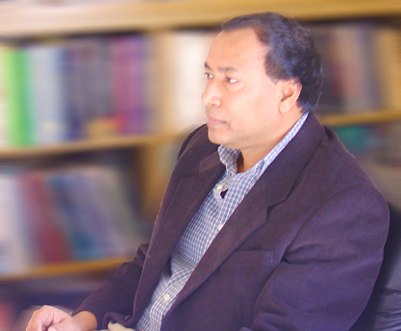 The Unraveling of Powerful Cosmic Explosions Saturday, February 4, 2006 1 p.m., 2.302 ACES map Dr. Pawan Kumar Professor of Astronomy The University of Texas at Austin Abstract
Bright flashes of radiation (gamma-rays and x-rays) are observed at Earth once or twice a day. These flashes come
from a random part of the sky and appear randomly during the day or night. These events (explosions) typically
last for a few seconds. However, during this brief time an enormous amount of energy comes out -- the energy
release in these explosions in a few seconds is comparable to the total energy output of the Sun over its entire
lifetime of about 10 billion years. For several decades after their discovery, little was known as to where in the
universe these explosions are occurring. And we didn't know anything about what kind of an object is exploding
and why. However, in the last two or three years the mystery of these cosmic explosions has rapidly unraveled,
and we now know that some of these events are associated with deaths of massive stars and some others with
colliding neutron stars. It is almost certain that we are "seeing" blackholes being born in these violent explosions.
Observations of these events, called Gamma-ray Bursts or GRBs for short, by the recently launched NASA
satellite - Swift - and the follow up observations using optical, radio and x-ray telescopes have greatly advanced
our understanding of these enigmatic explosions. I will describe some recent observations and discuss what we
have learned about these explosions from them.
The Great Lectures in Astronomy series features distinguished speakers presenting a topic in modern astronomy for interested non-astronomers. The lectures are sponsored by the McDonald Observatory and Department of Astronomy Board of Visitors. |